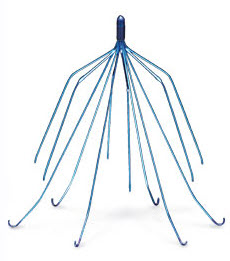Placing a loved one in a nursing home or long-term care facility is one of the toughest decisions a family will face. Sadly, abuse and neglect occur far too often in nursing homes. The National Center on Elder Abuse puts the average number of yearly cases of elder abuse at more than 2-million. 60% of those are due to neglect, and the Center found that over 90% of nursing homes were not adequately staffed to take care of their patients. Unfortunately, most all of these elder abuse cases never see the inside of a courtroom because, until recently, most nursing homes required their residents to consent to binding arbitration, which would decide a claim if it arose. Arbitration is an alternative method of resolving disputes without court intervention. Parties to the dispute submit their claims to an arbitrator, who reviews the evidence submitted by both parties and issues a decision. Unlike the court system, a party to an arbitration dispute has little to no redress in the event they disagree with the arbitrator’s decision.
Recently, a move was taken that will make it easier for families to seek justice against elder abuse. The Department of Health and Human Services has issued a new rule to prevent long-term care facilities that accept Medicare or Medicaid from forcing residents into arbitration. The changes on arbitration were thrust to the forefront after officials in 16 states and the District of Columbia insisted the government eliminate funding to nursing homes that use arbitration clauses. The primary allegation was that arbitration kept patterns of wrongdoing hidden from would-be residents and their families because arbitration proceedings and decisions are confidential and do not take place in a public forum like a courtroom. The changes are part of an overhaul by the by the Center for Medicare & Medicaid Services (CMS) of consumer protections at long-term care facilities.
“We are requiring that facilities must not enter into an agreement for binding arbitration with a resident or their representative until after a dispute arises between the parties,” reads the rule. “Thus, we are prohibiting the use of pre-dispute binding arbitration agreements.”
 Alabama Injury Law Blog
Alabama Injury Law Blog



